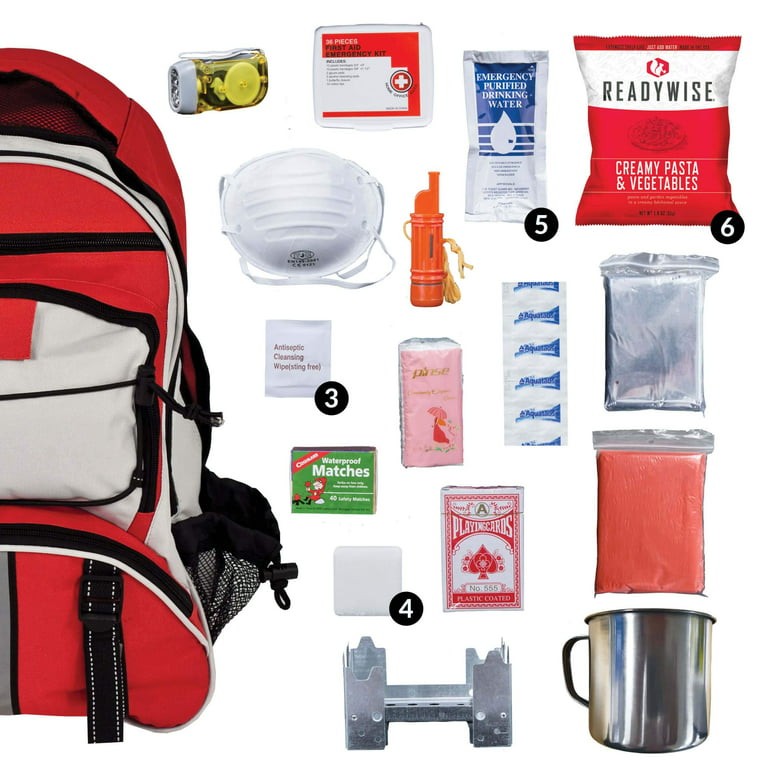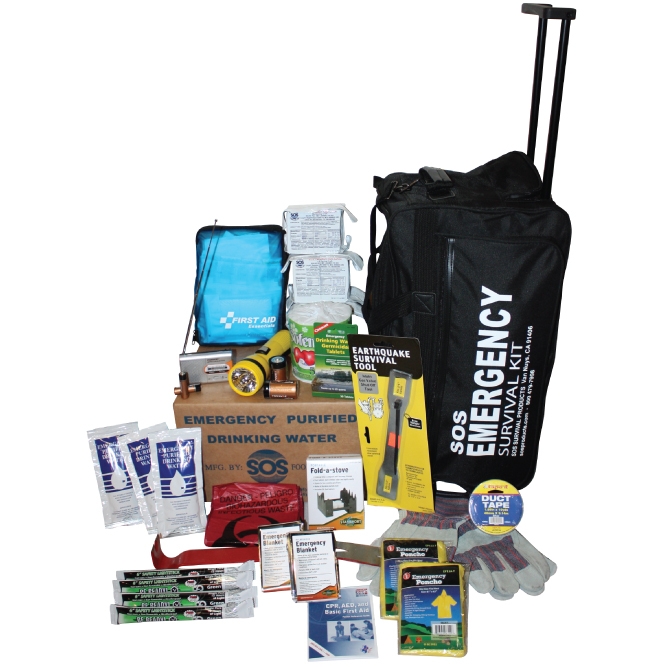Emergency Preparedness 101: Key Tips to Shield Your Family members
Emergency Preparedness 101: Key Tips to Shield Your Family members
Blog Article
Exactly How to Develop a Thorough Emergency Readiness Strategy
In the realm of preparedness, establishing an extensive emergency situation plan is not simply a job to examine off a listing; it is a vital keystone of any type of organization or person's durability technique. By carefully crafting a strategy that attends to different facets of emergency situation management, including danger assessment, communication methods, source appropriation, and strategic decision-making, one can lay a solid structure for protecting procedures, assets, and lives.
Relevance of Emergency Readiness
Emergency situation readiness is vital for reducing prospective risks and making certain the safety of areas and people. In today's globe, where all-natural disasters, public health and wellness dilemmas, and various other emergency situations can strike without warning, being prepared can make a substantial distinction in minimizing the effect of these events. By having a well-thought-out emergency situation preparedness plan in area, people and organizations can react properly, protect lives, and minimize property damages.
Among the main reasons emergency readiness is essential is its role in saving lives. Having a plan that describes clear procedures for communication, emptying, and emergency action can aid people act quickly and decisively when emergencies occur (directory). This can protect against injuries and deaths by ensuring that individuals know what actions to require to stay risk-free
Furthermore, emergency readiness boosts the durability of areas. By fostering a culture of readiness and preparation for various situations, areas can get better a lot more quickly from disruptions and calamities. This strength is vital for keeping stability, continuity of operations, and general health in the face of adversity.
Assessing Prospective Risks
Taking into consideration the relevance of being prepared for unexpected events, the first action in developing an efficient emergency situation readiness strategy entails thoroughly assessing and evaluating possible threats. This evaluation requires a thorough review of all possible dangers that could affect the organization, considering elements such as location, industry, and historic data on incidents. By determining these dangers, organizations can prioritize their readiness efforts and assign resources successfully to minimize one of the most considerable dangers.
Typical risks that organizations might deal with include natural calamities like floods, earthquakes, or storms, technical threats such as power outages or information breaches, as well as human-caused threats like accidents or willful acts of violence. Conducting a threat evaluation also entails thinking about the prospective effect of these occasions on the organization's operations, workers, clients, and online reputation. By performing a thorough threat evaluation, companies can establish tailored emergency situation response strategies that address their details vulnerabilities and make certain reliable preparedness for any type of possible crisis.
Producing a Communication Plan
Creating a clear and detailed interaction plan is necessary for reliable emergency preparedness within organizations. In times of situation, communication plays a critical role in making sure the security and wellness of employees, stakeholders, and the neighborhood. A well-balanced interaction plan must lay out clear lines of communication, assign vital personnel in charge of communication tasks, and develop procedures for distributing info quickly and accurately.
One trick element of creating an interaction strategy is identifying alternating and primary communication networks (EMERGENCY PREPAREDNESS). These can include e-mail, message messaging, phone trees, social media sites platforms, and public address systems. It is crucial to make certain that these channels are trusted, accessible, and consistently checked to guarantee their effectiveness during emergency situations

Building an Emergency Set
Offered the essential value of preparedness in times of dilemma, an essential part that organizations need to address is the facility of an emergency kit. An emergency package works as an essential resource that can help alleviate the influence of unexpected events, making sure that crucial supplies and tools are easily offered when needed most. When putting together an emergency set, it is important to think about the certain requirements and situations of the organization. Standard products such as water, non-perishable food, emergency treatment products, flashlights, batteries, and a battery-powered radio are fundamental components of any type of emergency situation set. In addition, companies should consist of crucial records, such as call checklists, insurance info, and emergency response strategies, in waterproof containers within the set. On a regular basis evaluating and upgrading the materials of the emergency situation set is crucial to guarantee that supplies are functional and existing. By proactively preserving an emergency and constructing set, companies can boost their preparedness to effectively react to dilemmas and secure their possessions and employees.
Establishing Emptying Procedures
To ensure the security and organized discharge of personnel throughout emergency situations, organizations need to develop efficient and clear discharge treatments. Discharge treatments should encompass a series of prospective circumstances, including fires, natural calamities, or other emergencies that need quick discharge.

In addition, companies need to establish a system for accountancy for all employees during a discharge to ensure that everybody has securely exited the facilities. Interaction plays an essential duty in evacuation procedures, with clear directions on just how to evacuate and when to do so. Routine evaluation and upgrading of discharge procedures based on comments and transforming circumstances are vital to maintaining the efficiency of the plan.
Verdict
To conclude, developing a detailed emergency situation readiness strategy is critical for ensuring the safety and wellness of people in the event of a disaster (EMERGENCY PREPAREDNESS). By evaluating prospective risks, creating a communication plan, constructing an emergency kit, and establishing evacuation people, companies and procedures can be much better geared up to respond effectively to emergencies. It is necessary to focus on readiness efforts to reduce the impact of disasters and safeguard lives and building
In the world of preparedness, creating a thorough emergency situation plan is not merely a task to check off a list; it is an important cornerstone of any organization or person's durability strategy. When emergency situations take place, having a plan that describes clear treatments for emptying, emergency, and interaction reaction can help individuals act promptly and emphatically. this. By conducting a comprehensive danger analysis, companies can develop customized emergency response plans that resolve their specific vulnerabilities and guarantee efficient preparedness for any type of possible situation
Creating a comprehensive and clear communication plan is vital for efficient emergency situation readiness within companies. By examining prospective dangers, creating a communication plan, constructing an emergency situation kit, and developing evacuation treatments, companies and people can be much better outfitted to react effectively to emergencies.
Report this page